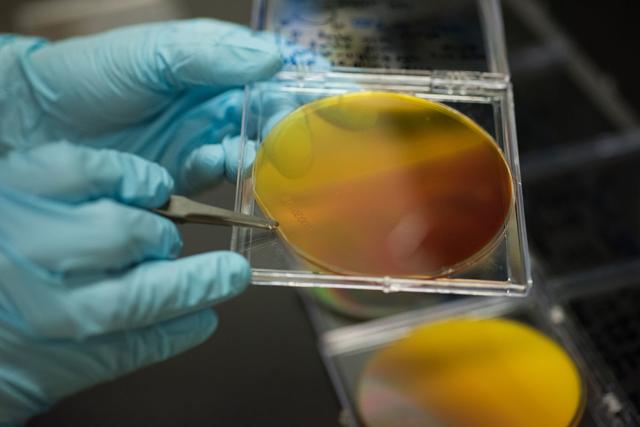This is a good tie in with our Wed show with Advanced Energy Economy. We will bring you some more info on them next.
Technical improvements are reshaping our understanding and use of power faster than we can assimilate and put into viable products. But, that is a good thing. The marketplace will quickly catch up.
Quest for clean energy just took a big step forward with solar fuel breakthrough
Hannah Osborne

Solar fuels are created with carbon dioxide, water and sunlight. However, to generate power the water molecules have to be split – and this requires a solar-powered catalyst.
Trending: Discovery of huge mysterious megalithic tomb rewrites history of Israel's 'Dark Ages'
In a study published in the journal PNAS, researchers from Caltech and Lawrence Berkeley National Laboratory have now vastly increased the number of materials that have the potential to provide this catalyst.
To create solar fuels, scientists must extract the two hydrogen atoms from water molecules then reunite them to create a flammable gas, or combine them with CO2 to create hydrocarbon fuels.
Don't miss: Women's orgasms are seen as a sign of masculine achievement for men
To get the water molecules to split, scientists are working to develop materials called photoanodes. These split the water using light as a source of energy.
Researchers have now developed a new method of identifying photoanodes and, as a result, have taken the number of materials that have potential as solar fuel materials from 16 to 28. What's more, they say the technique will lead to even more candidate photoanodes in the near future.

John Gregoire, one of the study authors, said: "This integration of theory and experiment is a blueprint for conducting research in an increasingly interdisciplinary world. It's exciting to find 12 new potential photoanodes for making solar fuels, but even more so to have a new materials discovery pipeline going forward."
The new process combines computer models with experiments. They created a database that meant they could screen materials based on their properties, before testing only the most promising candidates.
"The key advance made by the team was to combine the best capabilities enabled by theory and supercomputers with novel high throughput experiments to generate scientific knowledge at an unprecedented rate," Gregoire said.
Concluding,
the scientists said their work has the potential to provide materials
that can be used in for the generation of chemical fuels from sunlight.

No comments:
Post a Comment